This place is terrifying. There are too many noises, too many people, and the smell is overpowering. Everything here is unfamiliar. Nothing makes sense.
Take a step back and try to imagine the perspective of your pet going to the veterinarian’s office. How does she react? Do you know the signs that your pet is anxious or fearful?
White coat syndrome
Most people would say that their pets are at least mildly difficult to get to the veterinarian’s office. Others would say that it is downright impossible.
The ability to reduce pet stress is not only good for your dog or cat, but makes for an easier, more productive medical appointment.
So what is it about going to an animal hospital that makes your usually cool cat or darling dog so uncomfortable?
Making sense
When an animal walks into an unfamiliar environment he does not just see new things. All five of his senses are being bombarded with information.
Consider that a dog can smell between 20-200 square centimeters. A cat can smell up to 30 square centimeters. A human’s range of smell is somewhere between two to four square centimeters. This increased sense of smell has a lot to do with your pet’s response to being at the veterinarian.
Your pet smells the scent of other animals who have been there and those who may still be. She can smell all of the scents we cannot, as well – such as people, cleaning products, and foods.
Animals are equipped with a vomeronasal organ, known as Jacobson’s organ and which is located on the roof of their mouths. This organ detects pheromones – a fancy name for chemical communication signals – that are produced from other animals of the same species.
If another dog is producing pleasant pheromones, your dog is likely to feel a little more at ease. However, if another dog is stressed then your pet senses that stress, and it may affect his behavior.
Some animal behavior specialists and veterinarians suggest using synthetic pheromones that mimic those produced naturally by happy pets. There are various brands and formulations available to consumers, including sprays, plug-in diffusers, and body heat-activated collars. Ask your veterinarian for a recommendation.
Did you hear that?
Pets are positively or negatively affected by sound, too. Consider that the first sound you hear when you walk into a veterinary clinic is usually barking.
While this may be a mere annoyance to you, it can be deafening to your dog or cat.
Humans hear between 20 – 19,000 hertz. Dogs hear noises between 15 – 65,000 hertz, and cats can hear between 20 – 100,00 hertz. This increased ability to hear noise can make it very challenging to reduce pet stress unless the veterinary practice has taken steps to reduce the impacts of noise at their facility.
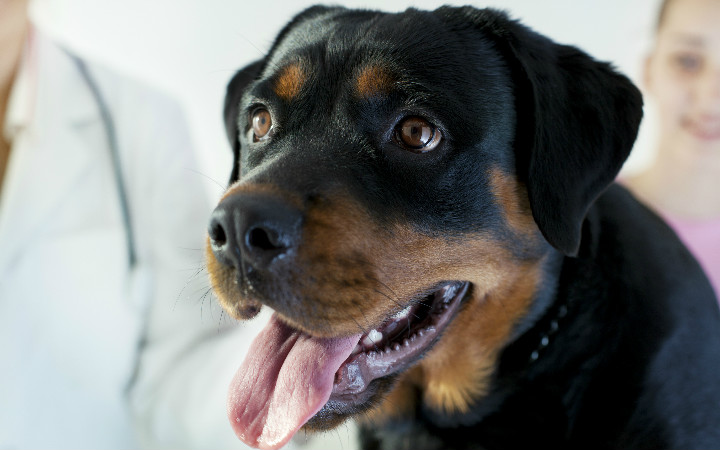
Companion animals process different sounds in different ways, which in turn leads to different behaviors.
For instance, when a dog hears barking she may sense fear in another dog. This causes her to feel fear herself, which may lead her to run or hide – or she may feel threatened and become aggressive.
So what can you do to reduce pet stress and make the experience at the veterinarian more pleasant? It starts with getting your pet from here to there.
Where did the cat go?
Cats are typically more difficult to get to the veterinarian. A study by Cornell University’s College of Veterinary Medicine finds that a majority of cats are aggressive when they visit a veterinary hospital, which makes a fear-free visit an imperative.
One way to make your cat more comfortable is to consider his mode of transportation.
If your cat only sees his carrier when it is time for his annual checkup he is likely to avoid getting into it. The cat has grown to associate the mere sight of the carrier with something that is usually unpleasant. Imagine how you might feel if someone randomly pulled out a dentist’s drill.
One way to reduce pet stress and combat this fear is to bring the carrier out a few days prior to your pet’s appointment.
The type of carrier matters, too. Hard carriers are less comfortable for your cat, more difficult to carry, and make it more challenging to remove your cat. Soft carriers, on the other hand, open from the top – allowing you to pick up your cat more naturally. This makes it less likely that your cat will become stressed when he is removed from his safe place.
Above all, the carrier should be a welcome place to your cat.
At home, try feeding your feline near or inside of the carrier. If the cat goes into the carrier, reward her with attention or treats, but speak to your veterinarian first. Some exams and tests require that your pet have an empty stomach – and some pets have conditions that would make certain treats unsafe. Always use treats in moderation.
Doggone veterinarian
Getting your dog in the car is usually a bit easier than getting a cat into a carrier.
For a lot of dogs taking a ride in the car is the highlight of their day. However, when the pet realizes that she is on her way to the veterinarian’s office and not the dog park, things may become more difficult.
Give your pet something with a familiar smell that will help remind her that she is safe. If your dog has a favorite blanket or toy, bring it with you to the veterinarian’s office. If your dog does not like toys, you can bring a t-shirt with your scent on it. This will help your dog feel more at home, especially if your visit requires you to leave your pet at the clinic for a period of time without you.
If you use a crate to transport your dog in the car, make sure that she is both familiar with it and comfortable being in it. Just like with cats, it takes dogs time and training to acclimate to a crate.
Think before you speak
Studies prove that pets listen to our emotions and pick up on significant words. They can literally interpret not just what we say, but how we say it. If your dog knows that you are nervous, then he will be nervous, too.
Encourage and reward your pet when she exhibits positive behavior. One way to do this is with treats. Think about taking away food a few hours prior to your pet’s appointment. This is likely to improve the effectiveness of any treat-based reward.
In addition, you can encourage your pet by using positive words and a gentle tone of voice, and petting.
Find a fear-free practice to reduce pet stress
More veterinarians are incorporating fear-free approaches into their practices. Some are even getting certified ‘fear-free.‘ This can include a range of tactics such as feline-only office hours, soft exam tables, species-specific exam rooms, and reducing prolonged eye contact with the pet.
Above all, reduce pet stress before you visit the veterinarian. Whether your veterinarian practices fear-free protocols or not, a low-stress visit starts with a low-stress pet.


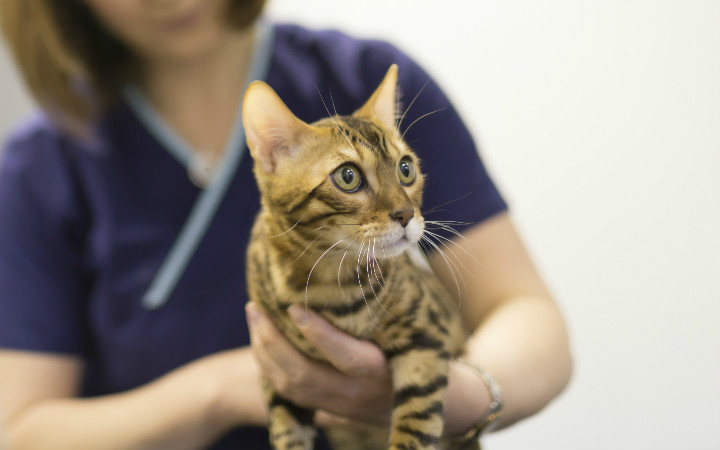


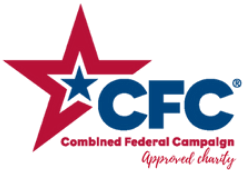

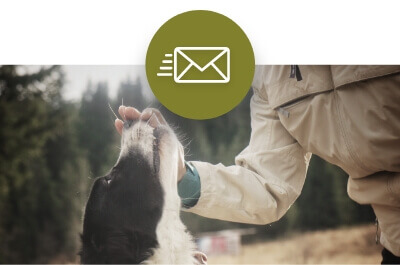



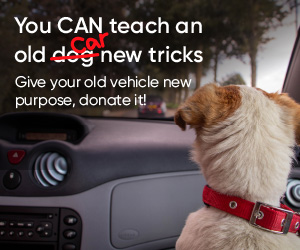
Damn. This website helps me understand why my cat hates going to the doctor. This should be world spread in every language.
Re transporting pets to the vet (or anywhere), it is important to tether the carrier, cage, or harness animal to a seat, childseat anchor or other available and secure point of contact inside the vehicle so to avoid having the animal escape and/or the container become a deadly projectile within the vehicle in an untoward event.